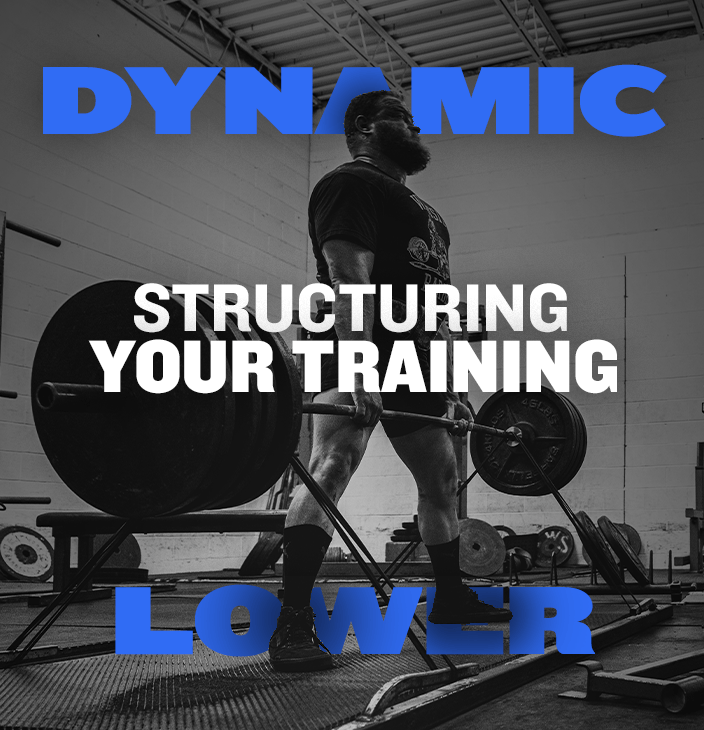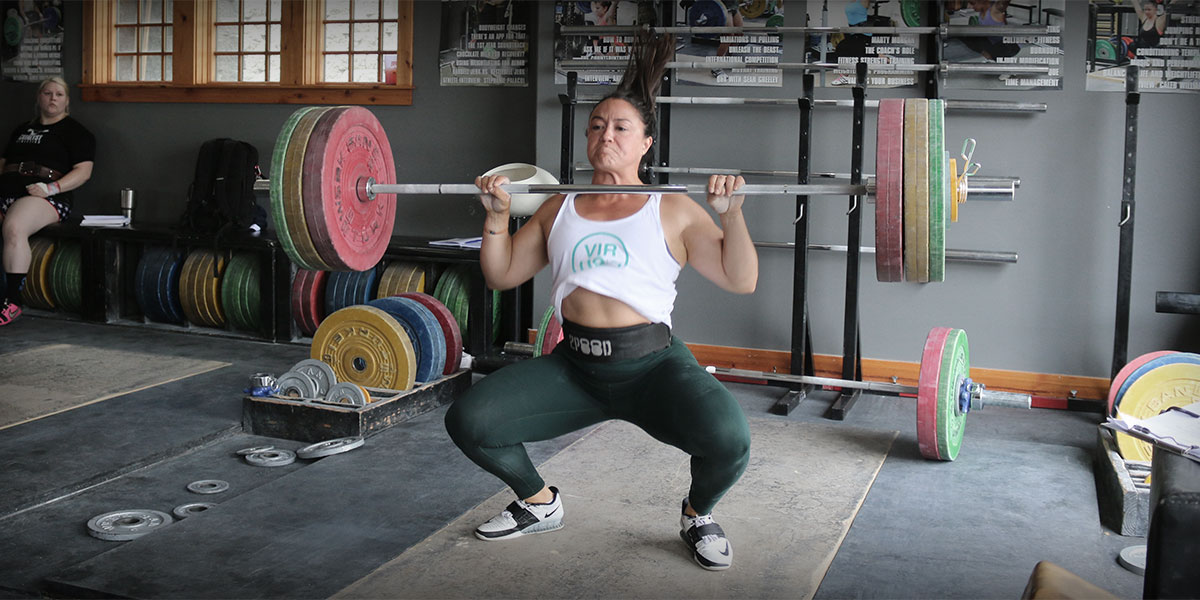So 20 seconds? 60 seconds? 30 seconds? You know, you don't have to respond if you don't want to help.
Rest Periods
Research has demonstrated approximately the following ATP Muscle Restoration occurs..
1) 30 Second
Approximately 50% of ATP Muscle Restoration.
2) 45 Seconds
Right at 80 % of ATP Muscle Restoration
Thus, an additional 30% (50 % to 80%) allows more Force Production.
Westside Dynamic Effort Rest Period
Westside's Rest Periods are One (1) Minute.
EMOM, Every Minute On The Minute
This method is at times is employed with Kettlebell Swings, as well as other Movements.
3) 3 Minutes or Longer
100% of ATP Muscle Restoration.
Stop When Power or Speed Drops
Once Power or Speed Output Drops, stop the Movement.
Continuing in a fatigued state means that you are no longer Training nor Developmenting Power or Speed.
For Maximum Strength Training...
Pavel Tsatsouline on GTG, optimal rep count and rest duration for strength
This is a great point by Pavel. Up to 15 minutes is effective for Maximum Strength Training.
The key to optimizing a Maximum Strength Set is to be fully recovered.
In other words, wait until you feel completely recovered for the Maximum Strength Set.
If you feel recovered after let's say 8 minutes, go. If not, wait until you feel fully recovered.
Strength Training Percentages
1) Power, Dynamic Effort Training
a) 46-62% of 1 Repetition Max for Traditional Strength Training Exercises
b) 70-80% of 1 Repetition Max for Olympic Movements
2) Speed Training
10-40% of 1 Repetition, with the sweet spot being around 30%.
3) Maximum Strength Training
85% of 1 Repetition Max
Strength, Power and Speed Training Repetitions
The Sets and Repetition are the same for Maximum Strength, Power and Speed.
What separates these three Strengths is the Training Load Percentage.
From 0-100: Know Your Training Percentages
Chris Thibaudeau
While training percentages can vary depending on how you're feeling on a given day, they can still be extremely useful.

thibarmy.com
This is a good article that provides a General Guideline for Training the various Types of Strength.




